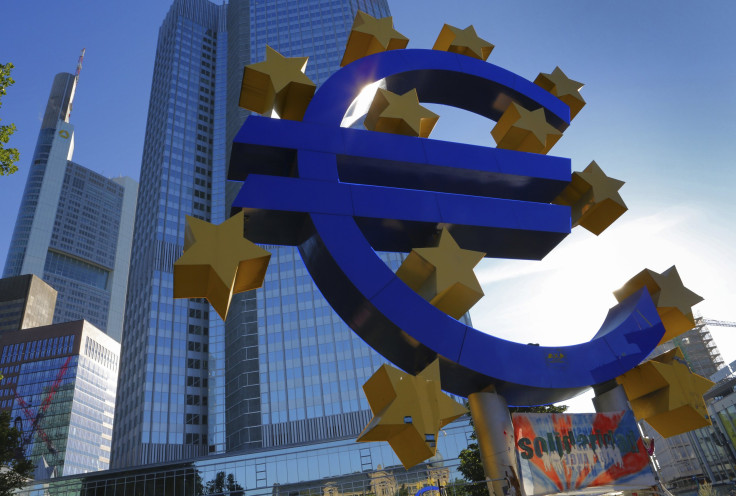One Way Eurozone QE Stimulus Will Differ From The US Version; It Has To Do With Risk Sharing

Not all quantitative easing is the same. As the eurozone is poised to embark on this aggressive “QE bazooka” policy, economists point out this complicated economic mechanism won’t work the same way in Europe as it has in the U.S., U.K. and Japan in recent years. The reason: The eurozone isn’t a country.
“The situation in Europe is different in that they have the problem of debt issued by different countries, some of whom are seen as risky borrowers and so have to pay higher rates to borrow, keeping credit more costly in their economies,” Tracy Mott, chair of the department of economics at the University of Denver, said.
On Thursday the ECB announced a profound shift in the way it handles risks to the financial system throughout the 19 member states of the eurozone. Instead of giving banks the option of offering collateral to access funds, for a price, the ECB in March will start buying bank assets (in the form of bonds) outright.
It’s a process similar what the U.S. Federal Reserve did between November 2008 and October 2014, accumulating $4.5 trillion in assets such as mortgage-backed securities, which many economists say averted a breakdown of the U.S. financial system, spurred growth and created jobs.
Risky ECB borrowers include economies such as Spain and Italy, while Germany, the region’s most important economic engine, shares the problems of tepid growth and recession with its fellow euro-area states. And therein lies a profound difference between European QE and the American version.
Instead of dealing with 19 sovereign governments with their own national interests under one currency such as the ECB faces, the United States has 12 nonprofit Federal Reserve bank districts that all operate under one flag. So, if the Federal Reserve Bank of Chicago, for example, buys mortgage-backed securities from a local financial institution that goes belly up, the losses are shared by the country rather than allowing a regional economic crisis.
“The challenge in the euro system is how to figure out who takes losses,” said Stephen Cecchetti, professor of international economics at Brandeis International Business School in Waltham, Massachusetts. “For example, in the U.K. there’s no question about the sharing of losses among its four regions -- England, Wales, Scotland and Northern Ireland -- because they all operate under a single financial authority.”
In the eurozone, it’s much more complicated, because there are 19 sovereign states of varying levels of economic health, from powerhouse Germany to struggling Spain to over-the-cliff Greece.
Unlike the U.S. version of QE, the European plan involves keeping most of the losses contained in the country where they’re incurred. (This is analogous to allowing the states encompassed by the Chicago Federal Reserve bank district to largely fend for themselves.)
When the ECB in March begins buying 60 billion euros' worth of securities from European institutions every month through September 2016, any financial losses that occur will be largely contained inside the countries where they happen. When ECB President Mario Draghi announced Europe’s QE on Thursday, he said the eurozone as a whole will absorb 20 percent of “risk sharing” while the rest will “not be subject to risk sharing.”
This means that if a bank investment goes bad in, say, Italy, 80 percent of the loss will stay in Italy. “There’s a serious issue about how this is going to work,” said Cecchetti. “I’m concerned that this will dilute the effect of QE.”
© Copyright IBTimes 2024. All rights reserved.





















